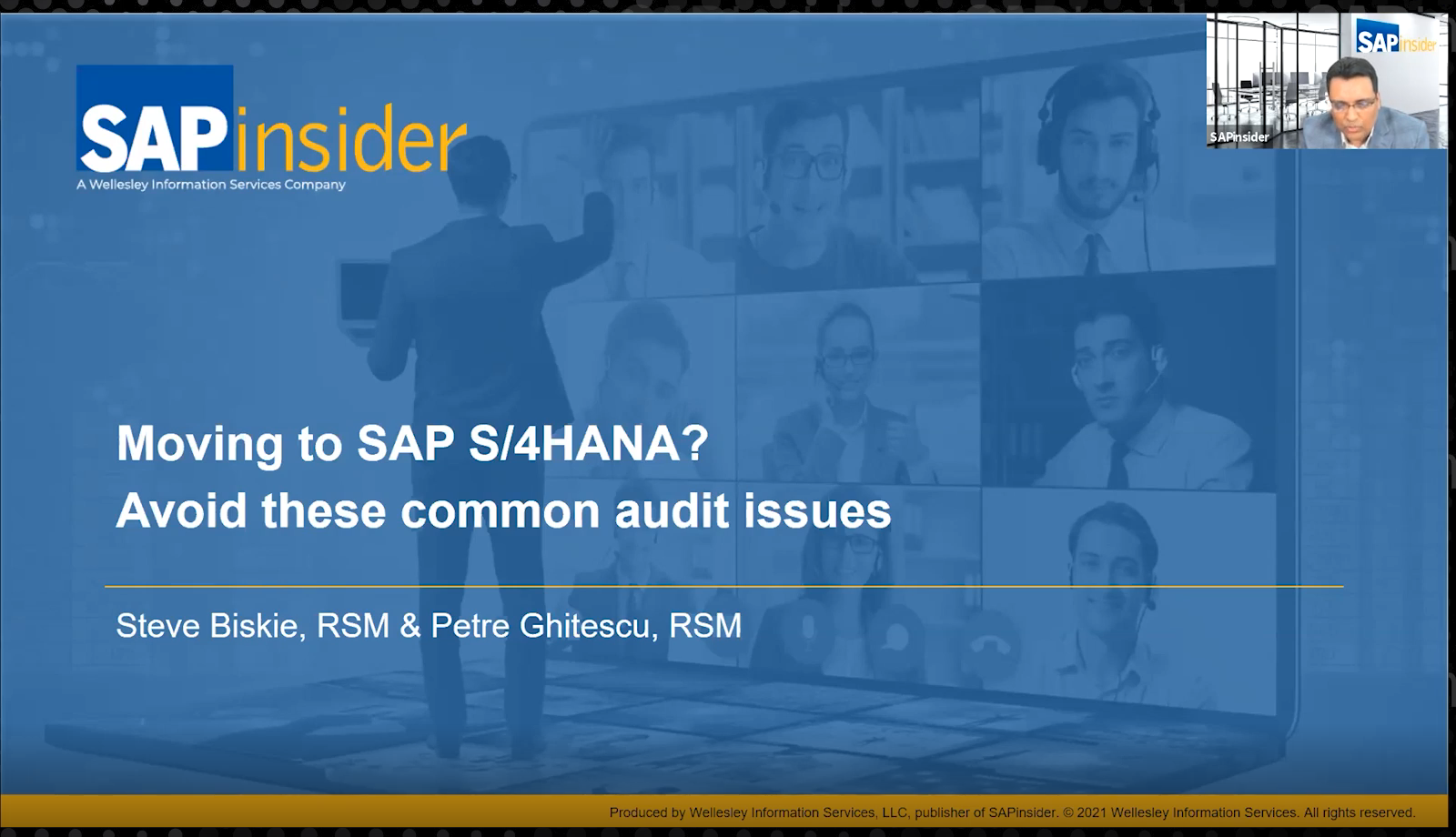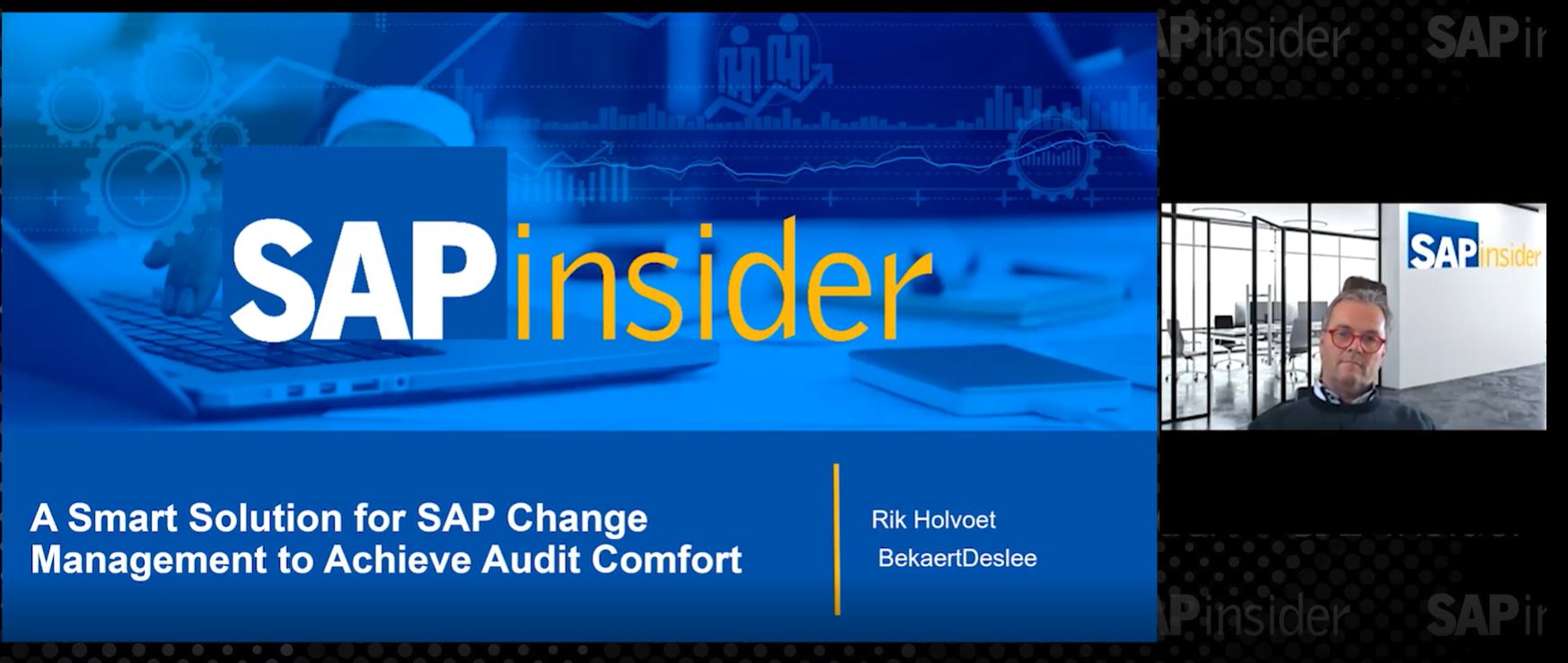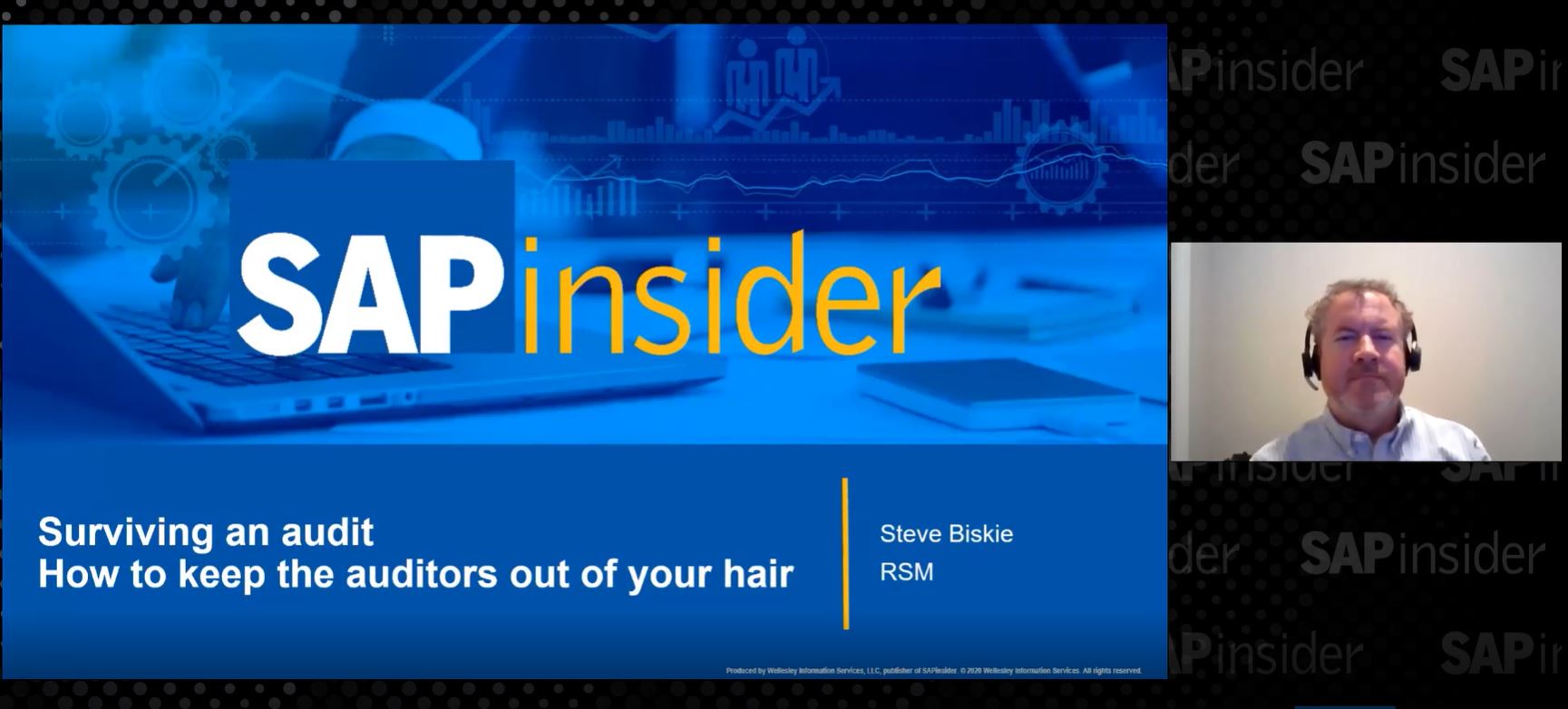Electronic Auditing is Coming to Mexico – Are You Prepared?
In a recent interview with CNN Expansion, Aristoteles Nunez, the head of Mexico’s Tax Administration Services (SAT), stated that the Mexican government will begin deploying electronic audits in the second half of 2016. This is a move the SAT has already been gearing up for over the past few years by moving much of its operations to the electronic sphere. For example, more than 5 million Tax IDs are exchanging standardized XML invoices, and in 2015 more than 5.7 billion XML invoices were exchanged. And with the advent of eAccounting standards, more than 1 million taxpayers are filing electronic accounting reports on a monthly basis, including Chart of Accounts, Trial Balances, and Journal Entries
In other words, the Mexico SAT has been working to build up the automation tools, data, and digital reports needed to start performing audits electronically.
Currently, the Mexico SAT is performing an average of 45,000 audits annually. During the summer of 2016, it plans to transition upwards of 4,000 of those audits to electronic means by comparing the data within eAccounting reports to the transaction data contained within the XML archives. Once this process gets going, it’s likely to scale quickly. The number of audits based on electronic data will rise over the next 12 months and, in all likelihood, will eventually surpass the current number of physical audits. As the Mexican government continues down this digital path, they may even begin using big data to better audit taxpayers. This is the future reality that multinationals operating in the country must prepare for.
As custodians and end users of SAP financial applications, there are a few best practices you should be following now to prepare for the future of Mexican tax audits:
- Ensure you are not paying off the PDF version of the invoice. During an audit, the only thing that matters is the XML invoice.
- Implement the Polizas (Journal Entry) report. Many companies only implemented the Chart of Accounts and Trial Balances, as Polizas were primarily focused on companies looking to get tax refunds. It is important to remember that the Journal Entry reports are most important during an audit.
- Turn to process automation for posting government approval codes to your accounting documents. Remember that a fully approved invoice is required to support your tax deductions. If you receive an invoice for 100 pesos and send a credit note back to the supplier stating you will pay 90, you still have to remember to update the government XML. The only way to ensure “straight through invoices” that will pass government audits is through accounts payable automation via SAP solutions.
- Implement validation reports so you are not guessing if your data will pass an audit. If you only use OSS notes to find errors, your financial controllers will have to manually review thousands of documents. You can instead implement automated validation reporting tools that will more effectively show a number of essential key metrics.
The Mexican government is utilizing standardization and automation to collect their revenue, and the electronic audit warning has been given. It’s now time to ask yourself how seriously you will heed this warning and to determine what solutions you will implement to defend your tax deductions in Mexico.
To learn more about the potential impact to your company, please contact us today.
 |
Steve Sprague is the Vice President of Product Strategy for Invoiceware International. He is responsible for both product management and e-Invoicing regulatory updates. Over the last 16 years, he has designed solutions for SAP ERP that deliver out-of-the-box compliance for Latin America and European Union e-invoicing and fiscal reporting requirements. |








